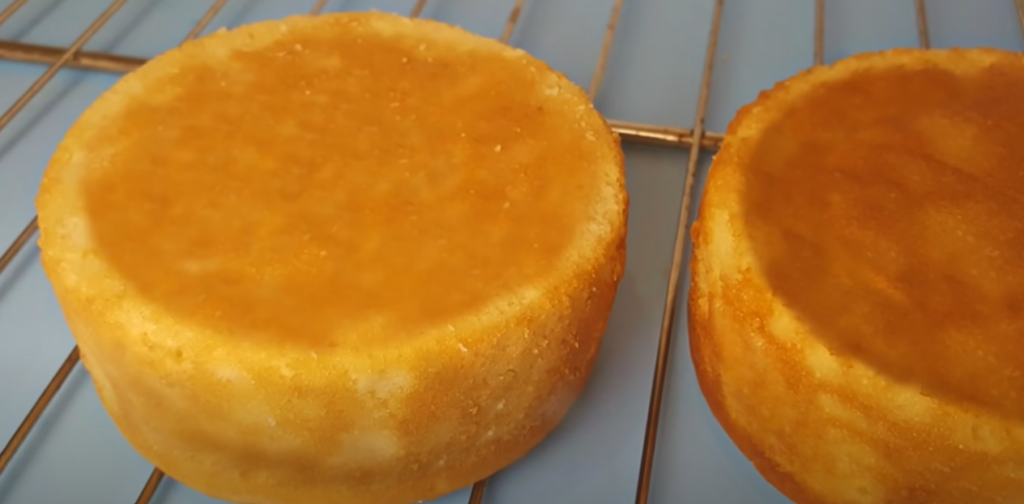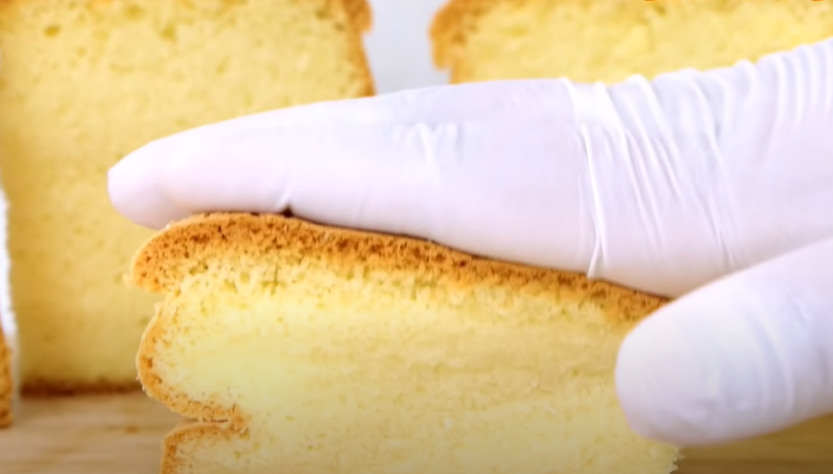When it comes to the delightful world of baked goods, cakes take center stage as a beloved treat for various occasions. Within this realm, two distinct categories emerge: sponge cake and regular cake. While both are delightful in their own right, they each boast unique characteristics that cater to different preferences and events.
Sponge Cake: The Feather-Light Confection
Sponge cakes are renowned for their delicate and airy texture, creating a sensation of lightness with every bite. The distinguishing feature of a sponge cake lies in its preparation method, which relies on the careful incorporation of air into the batter.
Key Features of Sponge Cake
- Ingredients: A classic sponge cake typically consists of just a few basic ingredients – eggs, sugar, and flour. The omission or minimal use of fat contributes to its light and airy texture;
- Leavening Agent: Unlike regular cakes that often employ baking powder or baking soda, sponge cakes rely on the air trapped within whipped eggs to provide the necessary lift during baking;
- Mixing Method: The unique mixing method involves separating the egg yolks and whites. The yolks are beaten with sugar until they reach a pale and creamy consistency. In a separate bowl, egg whites are beaten until stiff peaks form. These beaten egg whites are then gently folded into the yolk mixture to maintain the airiness;
- Texture: The result is a sponge cake with a fine and delicate crumb structure. This texture is ideal for absorbing flavored syrups or fillings, adding a moist and flavorful dimension;
- Flavor Options: While the base recipe remains consistent, sponge cakes can be infused with a variety of flavors using extracts, citrus zest, or other natural flavorings;
- Occasions: Due to their lightness and elegant texture, sponge cakes are often favored for occasions that demand a refined touch. Afternoon tea parties, bridal showers, and sophisticated birthdays are just a few examples.
Regular Cake: The Quintessential Indulgence

Regular cakes, also known as butter cakes, embrace a richer and denser texture that delivers a comforting indulgence. These cakes are celebrated for their versatility, making them suitable for a wide range of celebrations, from casual gatherings to formal events.
Key Features of Regular Cake:
- Ingredients: Regular cakes incorporate a higher amount of fat, typically in the form of butter or oil. This increased fat content contributes to the cake’s moistness and offers a richer flavor profile;
- Leavening Agent: Unlike sponge cakes, regular cakes often employ baking powder or baking soda as the primary leavening agents. These agents react with other ingredients to produce carbon dioxide gas, resulting in a rise in the batter;
- Texture: The texture of a regular cake is denser and more substantial compared to a sponge cake. The crumb structure is tighter, offering a satisfying bite;
- Flavor Options: One of the standout features of regular cakes is their diverse array of flavor options. From classic vanilla and chocolate to adventurous choices like red velvet or carrot cake, the possibilities are nearly limitless;
- Occasions: Regular cakes are remarkably versatile and can suit various occasions. Whether it’s a family gathering, birthday celebration, or even a wedding, regular cakes can be adapted to fit the theme and tone of the event.
Comparing Sponge Cake and Regular Cake:
Here’s a detailed comparison of key aspects between sponge cakes and regular cakes:
| Aspect | Sponge Cake | Regular Cake |
|---|---|---|
| Texture | Light, spongy, and airy | Moist, dense, and substantial |
| Leavening Agent | Relies on beaten eggs and trapped air | Utilizes baking powder/soda for chemical leavening |
| Fat Content | Minimal to none | Higher, often from butter or oil |
| Crumb Structure | Fine and delicate | Tighter and more solid |
| Mixing Method | Egg yolks and whites are separated and whipped | Ingredients are mixed together |
| Flavor Versatility | Infused with various flavors through extracts/zest | Wide range of flavors and add-ins |
| Moistness | Achieved through syrup soaking or fillings | Richness from fat and moistness through ingredients |
| Occasions | Elegant gatherings, tea parties, birthdays | Suitable for a variety of occasions |
| Decoration | Often adorned with light, elegant decor | Can be elaborately decorated or simple |
Conclusion
In the delightful world of cakes, both sponge cakes and regular cakes offer unique experiences that cater to different preferences and occasions. While sponge cakes embrace a light and airy texture that’s perfect for elegant gatherings, regular cakes provide a comforting indulgence with their rich flavors and versatility. Whether you’re savoring a slice of sponge cake at a tea party or enjoying a piece of regular cake at a birthday celebration, both options promise to satisfy your sweet tooth and add joy to your special moments.
FAQ
While it’s possible to use oil as a substitute, keep in mind that the flavor and texture might be altered. Butter contributes a distinct flavor that might be missed with an oil substitution.
Beating the egg whites to stiff peaks and gently folding them into the yolk mixture is crucial. Additionally, avoiding overmixing and ensuring the batter is evenly distributed in the pan will aid in achieving an even rise.
Traditional sponge cake recipes typically avoid the use of baking powder to rely solely on the trapped air in the beaten eggs for leavening. However, some modern recipes might incorporate a small amount of baking powder to enhance the rise.
Yes, the higher fat content in regular cakes contributes to an increased calorie count compared to sponge cakes.
Absolutely! Regular cakes can be beautifully decorated and presented to suit elegant gatherings. Their versatility in flavor and design makes them adaptable to various occasions.
Regular cakes tend to be more popular among children due to their richer flavors. However, if you’re seeking a lighter option, consider using a flavored sponge cake to cater to both young and adult palates.
